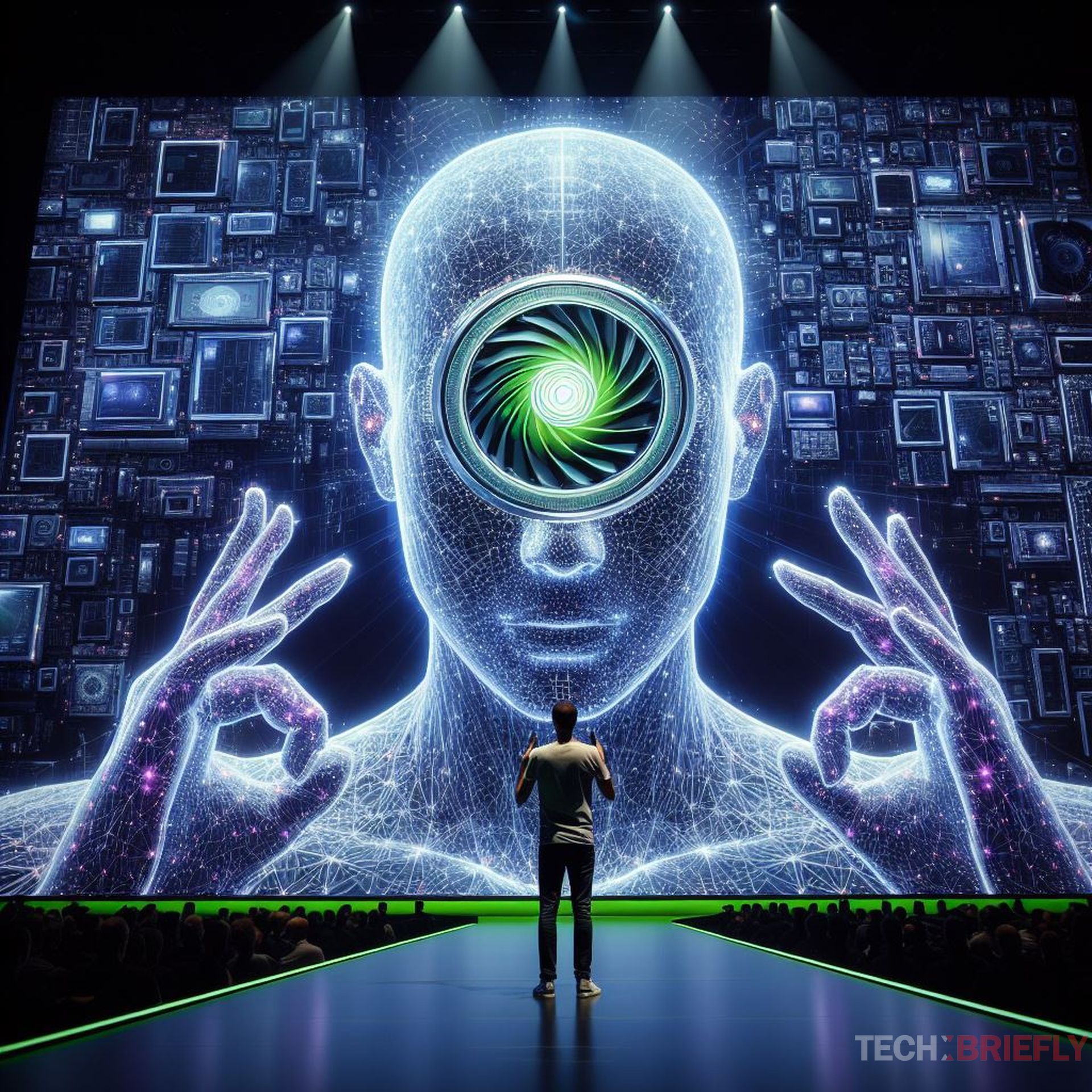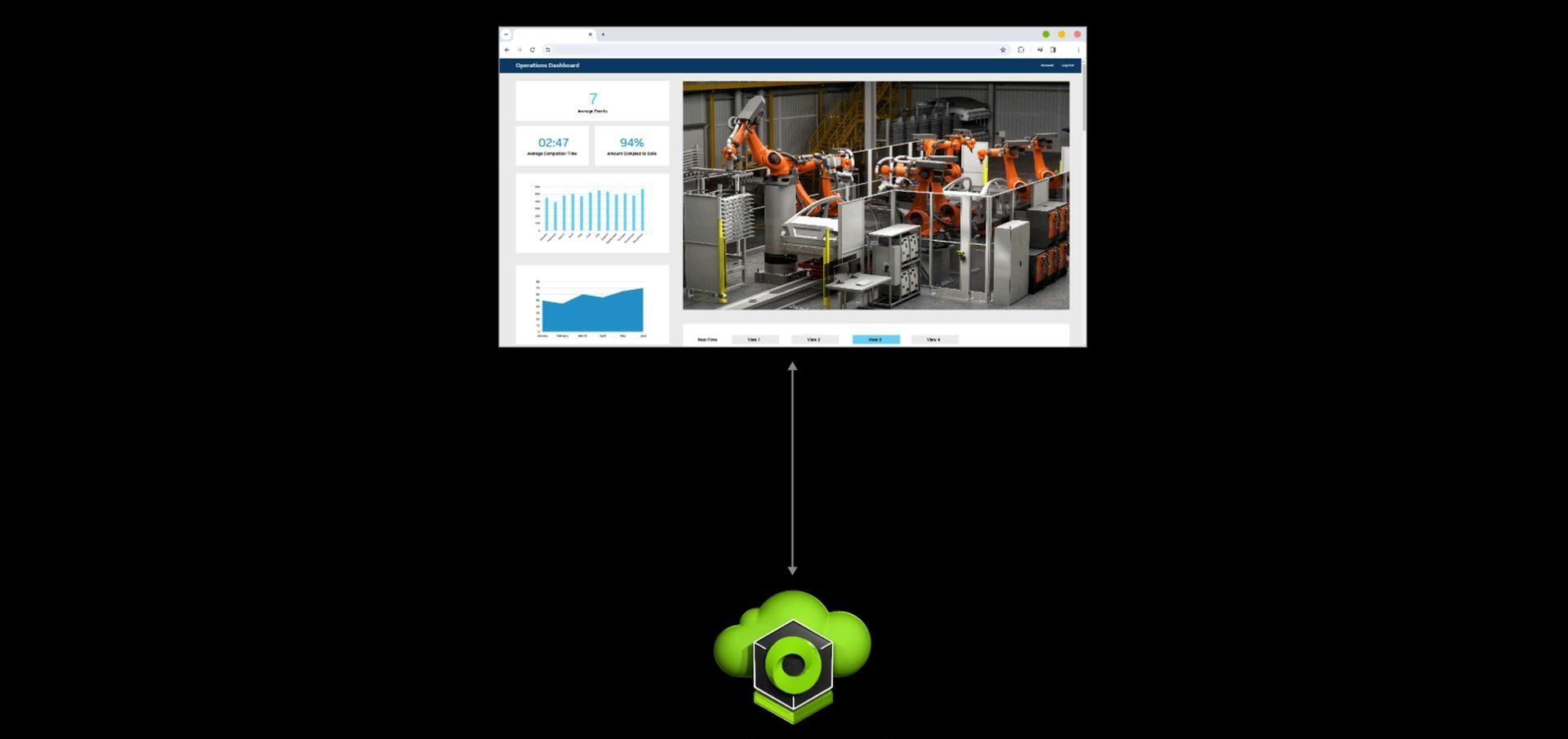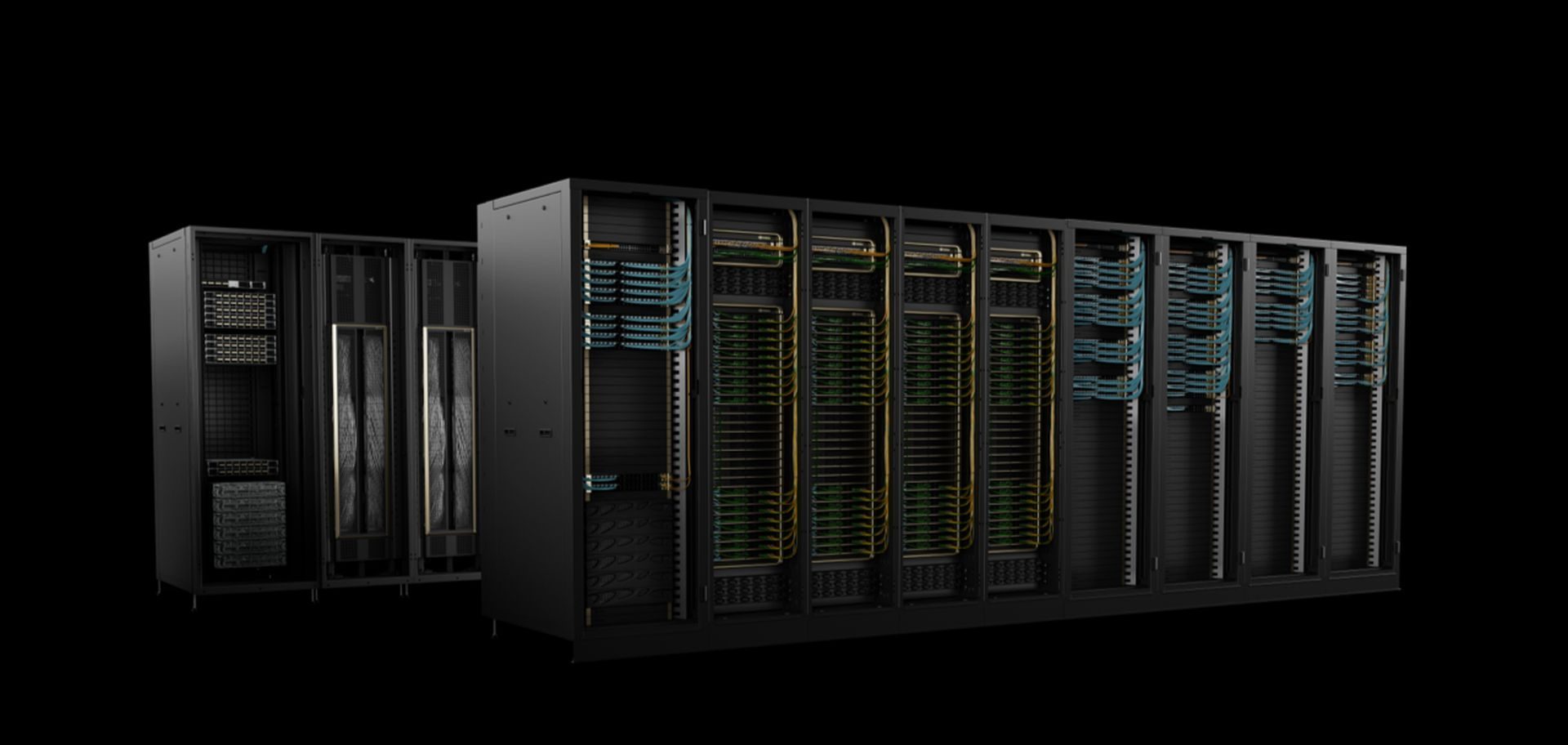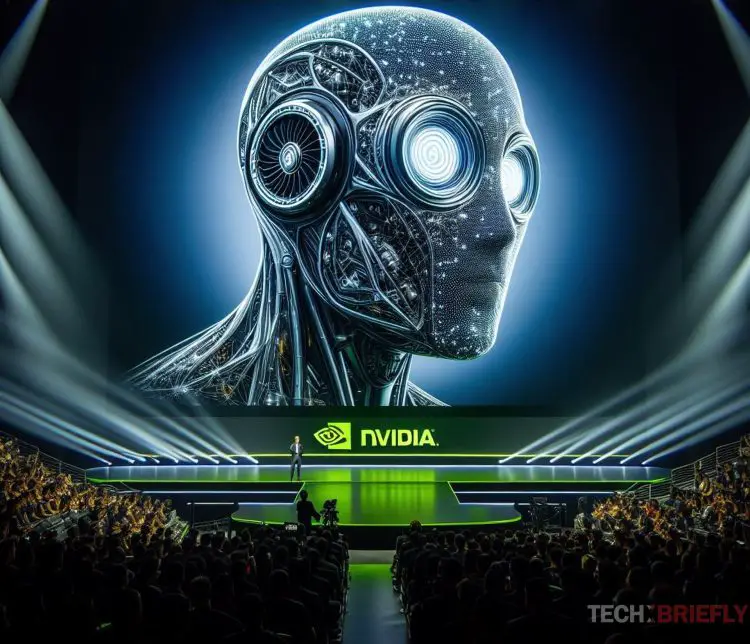Nvidia CEO Jensen Huang addressed an enthusiastic crowd at the Nvidia GTC 2024 event at SAP Arena, sharing the enormous potential of artificial intelligence (AI) and Nvidia’s latest developments in the field.
In his presentation, Huang gave a great perspective on how AI transforms the world and what the next generation of hardware and software technologies can do. Here’s what we know…
Nvidia GTC 2024: Highlights
Artificial intelligence continues to permeate every aspect of our lives at breakneck speed. Researchers constantly seek new technologies to solve more complex problems and achieve higher performance. And the search is already bearing fruit! Nvidia unveiled Blackwell and GB200, which are set to revolutionize the world of artificial intelligence.

Blackwell: The combination of speed and power
Blackwell is a new GPU that delivers four times more training and 30 times more inference performance per GPU than H100. Thanks to 5th generation NVLink, two full-size GPUs deliver 20 PetaFlops of processing power, and Blackwell is scalable up to 576 GPUs. Performance-enhancing features such as the 2nd generation Transformer Engine and a 20x faster decompression engine make Blackwell an ideal choice for AI applications.
GB200: Pushing the boundaries of AI
GB200 is a three-part Superchip designed for AI at rack scale. Consisting of two Blackwell GPUs and one Grace Arm CPU, GB200 alone has the power to train a model with 27 Trillion Parameters. Used in the NVL72 rack with 72 Blackwell GPUs and 36 Grace CPUs, the GB200 delivers performance eight times faster than the H100 and 30 times faster for MoE inference with 1.8T parameters.

Other AI models
In addition to Blackwell and GB200, Nvidia offers many different AI models. These include the H100, A100, DGX A100, DGX SuperPOD, Grace, and Hopper models. Each model has unique features and use cases.
- H100: A GPU based on the Hopper architecture. Its features include 18 PetaFlop processing power, 6th generation NVLink, and 8th generation Tensor Core. It is used in large language models, natural language processing, image processing, and drug discovery.
- A100: This GPU is based on the Ampere architecture. It has features such as 19.5 PetaFlop processing power, 3rd generation NVLink, and 7th generation Tensor Core. It is used in data centers, cloud computing, and high-performance computing.
- DGX A100: A system with 8 A100 GPUs. 156 PetaFlop processing power and water cooling. An ideal platform for artificial intelligence research and development.
- DGX SuperPOD: A supercomputer created by combining multiple DGX A100 systems. One of the world’s most powerful AI supercomputers with Exaflop (1 trillion operations) level processing power.

(image credit: Nvidia) - Grace: An Arm-based CPU designed for AI and high-performance computing. It has 72 cores and 2.5 PetaFlop processing power.
- Hopper is Nvidia’s next-generation GPU architecture. It is used in H100 and GB200 models and offers higher performance and energy efficiency.
- Grace Hopper: A super chip based on the Hopper architecture that includes the Grace CPU. Used in the GB200 model. One of the most advanced Superchips for AI.
By the way, I have already told you about Nvidia’s GR00T humanoid robot project. If you wish, you can visit our related article and get more information.
Omniverse updates
Omniverse is Nvidia’s platform for 3D collaboration and digital twins. It allows designers, engineers, and scientists to collaborate in a virtual environment to develop better products and systems. Omniverse has been updated with new APIs to facilitate the integration of CAD and CAE software.
“Everything manufactured will have digital twins“, said Jensen Huang, founder, and CEO of Nvidia. “Omniverse is an operating system for building and running physically realistic digital twins. Omniverse and productive AI are the core technologies that will digitize the $50 trillion heavy industrial market.”
Nvidia GTC 2024 marks an exciting milestone for AI and Nvidia’s leadership in the field. With innovations like Blackwell, GB200, and Omniverse, there is no doubt that AI will play an even bigger role in our lives in the coming years, leading to many new developments.
Featured image credit: Barış Selman / DALL-E 3




